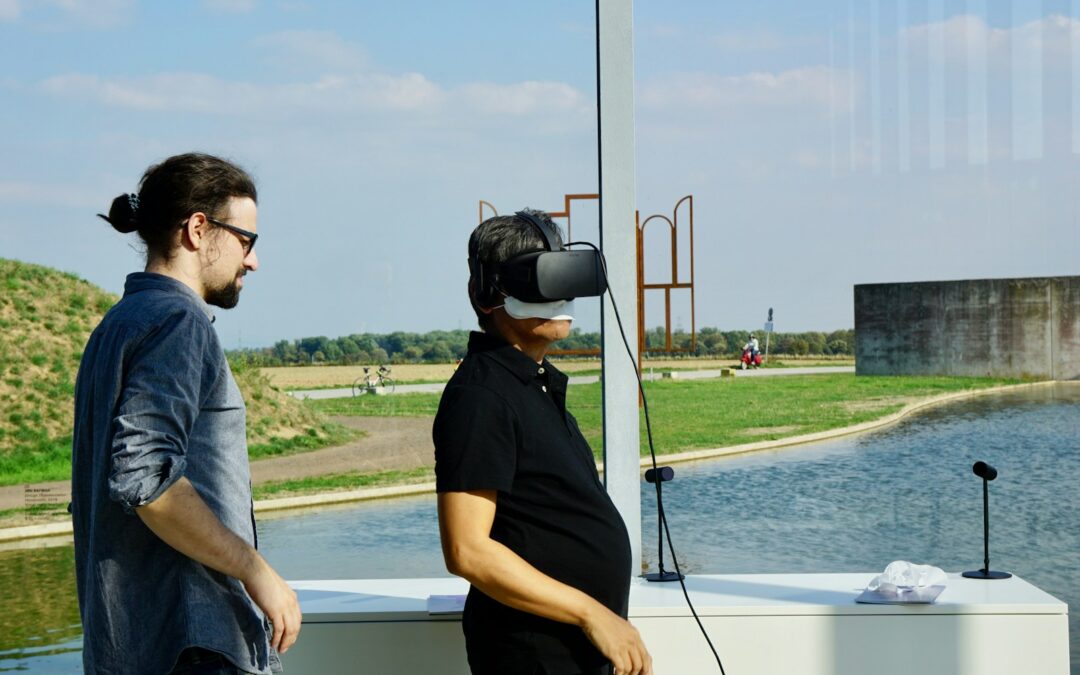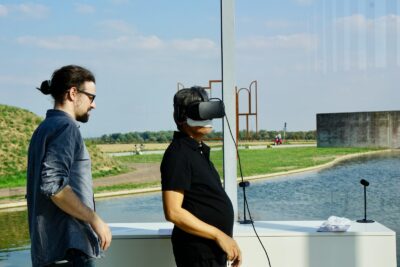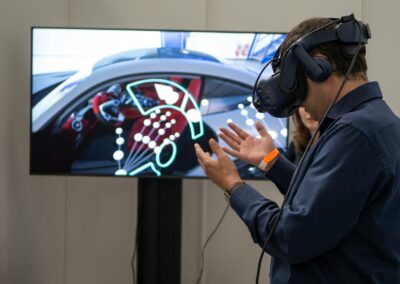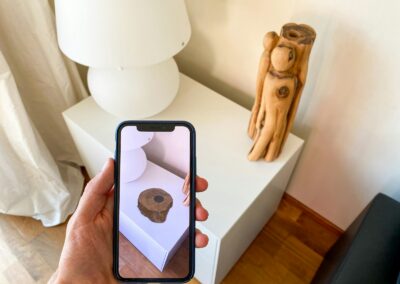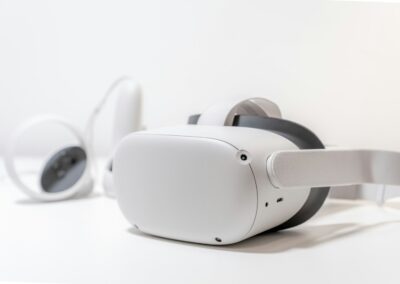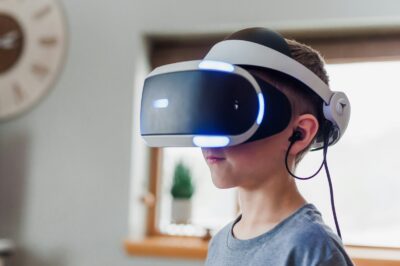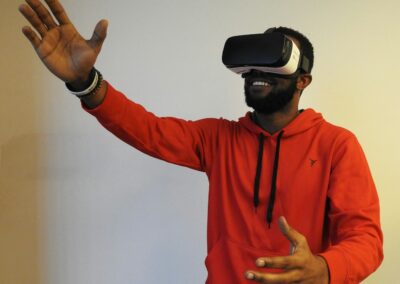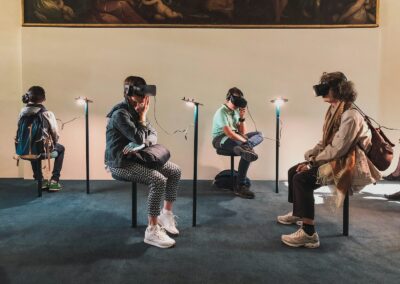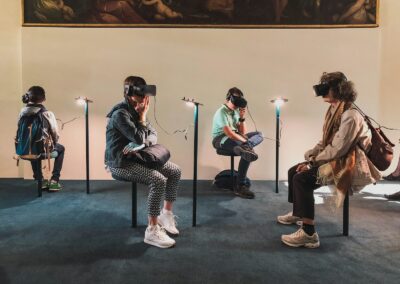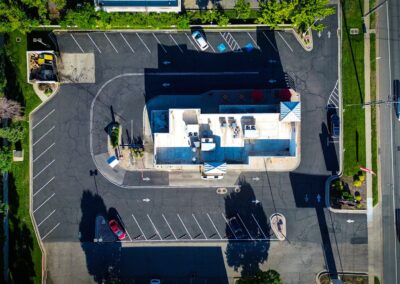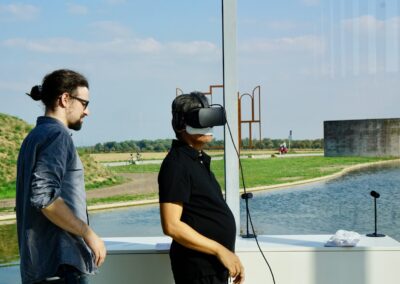Revolutionizing Navigation with Augmented Reality
The Evolution of Augmented Reality Navigation
Augmented Reality navigation has emerged as a transformative technology, revolutionizing how individuals navigate both indoor and outdoor environments. By overlaying digital information onto the physical world, AR navigation systems provide users with accurate, real-time guidance, enhancing their overall experience. This innovation is particularly impactful in regions like Saudi Arabia and the UAE, where rapid technological advancements are reshaping various sectors, including tourism, retail, and urban planning.
AR navigation systems utilize advanced technologies such as AI and GPS to offer precise directions and location-based information. For outdoor environments, these systems can guide users through complex city landscapes, providing turn-by-turn directions, points of interest, and real-time traffic updates. In cities like Riyadh and Dubai, where urban development is ongoing, AR navigation helps residents and tourists alike to navigate efficiently and safely.
Indoor navigation, on the other hand, leverages AR to assist users in finding their way through large and often confusing spaces like shopping malls, airports, and convention centers. By using their smartphones or AR glasses, users can see virtual pathways, markers, and informational overlays that guide them to their destinations. This technology not only enhances convenience but also improves accessibility, making it easier for everyone to navigate large indoor spaces.
Enhancing User Experience with Intuitive AR Navigation
The key to successful AR navigation lies in its ability to provide an intuitive user experience. In the UAE, where the integration of cutting-edge technology is a priority, AR navigation systems are designed to be user-friendly and accessible to a broad audience. These systems utilize visual cues and interactive elements to guide users seamlessly, reducing the learning curve associated with traditional navigation methods.
For outdoor navigation, AR systems can enhance the experience by integrating with other technologies such as AI and real-time data analytics. For instance, an AR navigation app can analyze traffic patterns and suggest alternative routes to avoid congestion, providing users with the most efficient path to their destination. In Riyadh, where traffic can be a significant concern, such innovations can greatly enhance the daily commute for residents and improve the overall quality of life.
Indoor AR navigation systems are equally transformative. By providing visual markers and virtual signs, these systems make it easy for users to navigate complex indoor environments. For example, in a large shopping mall, AR navigation can guide shoppers to specific stores, restrooms, and exits, enhancing their shopping experience. Additionally, these systems can offer personalized recommendations based on the user’s preferences and shopping history, further enriching the experience.
Blockchain technology can enhance AR navigation systems by ensuring the security and authenticity of the navigation data. By providing a tamper-proof record of location-based information, Blockchain helps to build trust among users, ensuring that the directions and information provided are accurate and reliable. This is particularly important in regions like Saudi Arabia and the UAE, where maintaining high standards of service and security is essential.
Case Studies: Implementing AR Navigation Successfully
Several case studies demonstrate the successful implementation of AR navigation systems and their impact on user experience and operational efficiency. These examples provide valuable insights for businesses and urban planners looking to integrate AR technology into their navigation solutions.
One notable case is the use of AR navigation in Dubai’s airport terminals. The AR system provides travelers with real-time guidance to their gates, baggage claim areas, and other facilities. By overlaying virtual pathways and signs onto the physical environment, the system makes it easier for passengers to navigate the busy terminals, reducing stress and improving the overall travel experience. The success of this initiative underscores the potential of AR to enhance large-scale navigation systems.
In Riyadh, a major shopping mall implemented an AR navigation app to assist shoppers in finding stores and services. The app uses AR to display virtual markers and directional arrows, guiding users to their desired locations. The interactive features, such as the ability to search for specific items and receive personalized promotions, have significantly enhanced the shopping experience, driving customer satisfaction and loyalty.
Another example is a global technology company that developed an AR navigation solution for urban exploration. The app allows users to discover points of interest, historical sites, and hidden gems in cities around the world. By providing rich, contextually relevant information overlaid onto the physical environment, the app transforms how users interact with and explore their surroundings. The widespread adoption of this technology highlights the growing demand for immersive and intuitive navigation solutions.
Conclusion: Embracing Augmented Reality for Future Navigation
Augmented Reality navigation is poised to revolutionize how individuals navigate both indoor and outdoor environments, providing accurate and intuitive guidance that enhances the overall user experience. For business executives, mid-level managers, and entrepreneurs, understanding and leveraging AR technology is crucial for staying competitive and meeting the evolving needs of modern consumers.
By integrating advanced technologies such as AI and Blockchain, AR navigation systems can offer personalized, secure, and dynamic navigation experiences. These systems not only improve efficiency and convenience but also provide opportunities for businesses to differentiate themselves and deliver exceptional service.
Executive coaching services can support leaders in navigating the complexities of AR technology and developing effective strategies for its implementation. With the right approach and innovative mindset, organizations can harness the power of augmented reality to create transformative navigation solutions that drive success and elevate their offerings in the digital age.
—
#augmentedreality #ARnavigation #indoornavigation #outdoornavigation #intuitivenavigation #ARtechnology #AI #Blockchain #Metaverse #executivecoaching #GenerativeAI #moderntechnology #businesssuccess #leadership #managementskills #projectmanagement #SaudiArabia #UAE #Riyadh #Dubai

